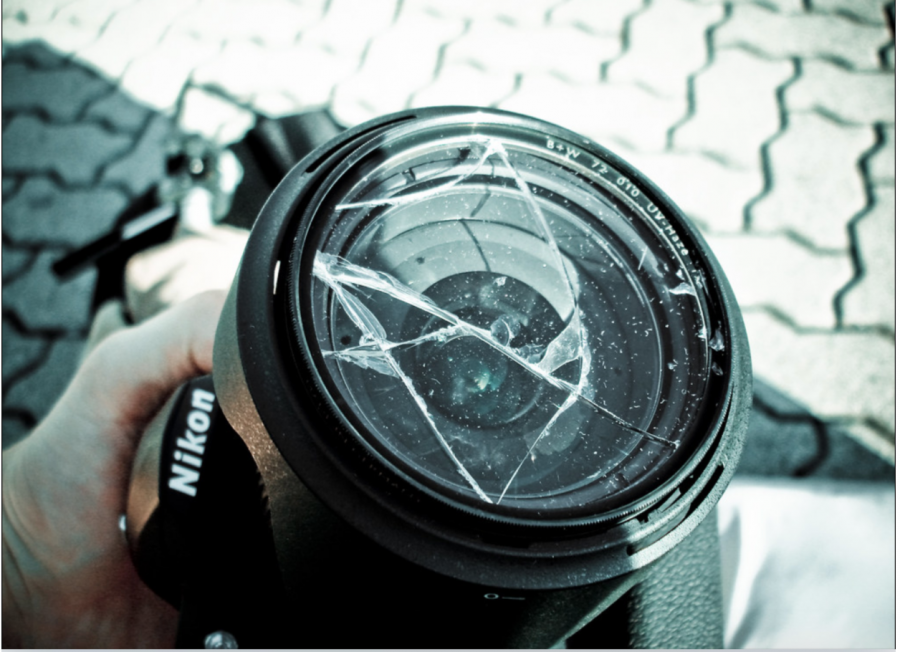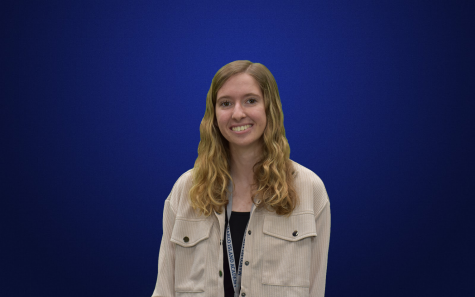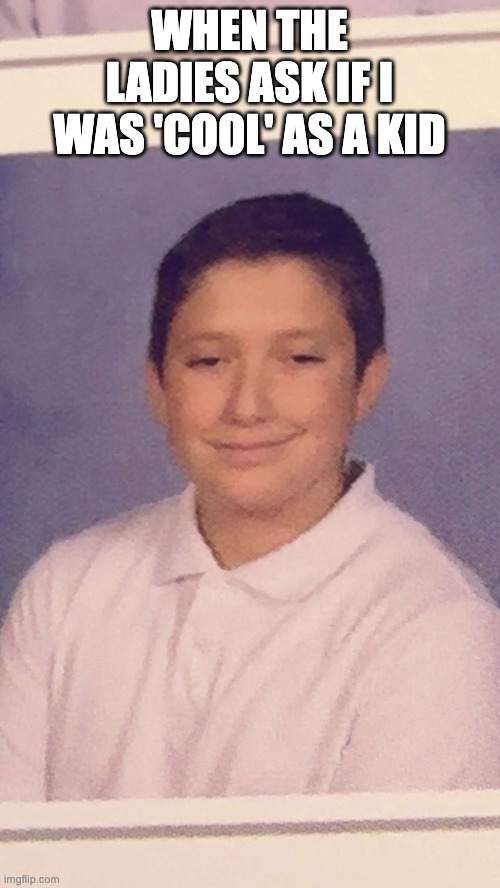Art Depreciation
“She was determined to get there, even at the expense of her interests.”
May 7, 2021
I would like to risk telling you about a promising high school sophomore. As an eighth grader, academics balanced elegantly with friendships and a passion for the arts. Painting, photography, dance and even knitting begged for attention. Athletically, the exhilaration of basketball and running melded her imagination with competition.
As an incoming freshman, our student became conflicted. While witnessing her older brother vie for the attention of prestigious colleges, she had gleaned the importance of class rank. Advanced, weighted courses would surely put her near the top of her class, yet she knew this would sadly sacrifice the fine arts. She did request Creative Photography as her elective, but was denied, as upperclassmen took preference. The elective she was given was interesting, but not artistic.
Ambition brought perfect scores and athletic success. She resolved to pursue her arts outside school, but her rigorous schedule prevented it. Therefore, she decided to attack academics and revisit art later. After all, what if she wants an academic career, but does not have the class rank to attract a prestigious college?
As freshman year was culminating, her view began to blur. Peers had begun obsessing over weighted grade point averages and class rank. Curious, our girl checked where she stood. She was dismayed to see her rank was third, despite achieving perfect scores. Some sleuthing revealed that other freshmen had been placed into a weighted, college-level course. She was unaware of this option while picking freshman courses as an eighth grader. This infuriated our girl. She vowed to work harder than ever. She achieved nearly 100 percent in every class, yet her effort proved futile. The weight of the college-level course dwarfed her elective.
Then came sophomore year. Our little workaholic had just come off a summer of intense SAT preparation, another yardstick used by our institutions of higher education. As her brother began his applications, college planning was now fully on her radar. Elite colleges clearly valued stellar SAT scores and a number one or two class rank. She was determined to get there, even at the expense of her interests. She requested the most rigorous courses available, but her plan was foiled when she learned she must take an art elective due to state mandate. Ironically, she grudgingly chose Creative Photography. She was appalled that she could not take a higher weighted course. At this point, art was just a figment of her past.
Top students were keenly aware of class rank and did everything necessary to hold their place. Homework collaboration became a labyrinth; vague help became a strategy. Each hoped that if others faltered, they might spring ahead in the race for the silently-coveted junior year ranking. The mentality was, “If you help, you might as well slit your own throat.”
Then came Creative Photography. This nirvana did not have the kill-or-be-killed vibe. Instead, collaboration was fostered by a true art master-teacher. Our girl was able to relax and thrive, if only for an hour or so. Not only was she able to truly learn and explore, but also rebuild friendships and collaborate. Creativity blossomed out of the rubble of her lost interest.
The teacher mentored our youngster to enter a photography contest, which she subsequently won. She was even interviewed about her inspiration on National Public Radio. This experience was monumental. When queried by the radio host if other art classes piqued her interest, she embarrassingly divulged why this would be her first, and last, high school art class. In order to gain acceptance into ranked colleges, she must, once again, give up her love of creativity. It was time to re-enter the battlefield, wielding her pencil and calculator as weapons. She had become as ruthless as our system taught her to be.
A piece of our girl runs through most top students in our system. How is one to choose as a 14-year-old? What if her art is not good enough to put food on the table? She must give herself options. She understands the game and needs to play it right. Giving up interests is perpetuated by our system; it has always been this way. Creativity and collaboration are the first victims of this unwritten statute. Nobody is talking about this dilemma… let alone trying to fix it.
Perhaps the most controversial, yet simplest solution, is to discontinue class rankings. Students would be encouraged to take a healthy amount of rigor, while delving into their interests. After all, it has long been agreed that the arts define a person. Without the added pressure, students would be able to transition from competitors to collaborators. Colleges, in turn, would have to reset their algorithms to judge the whole person. Student athletes and artists could stop trying to beat the system, and start becoming the collaborators our world needs.
Our second solution would require a curricular change. Honors art classes could be offered at every school. For example, Creative Photography class could be divided into two types of students: those looking for a more basic understanding, and those seeking more immersion in the subject. This would allow students to pursue their interests, while not sacrificing their weighted grade point and class rank.
Now, I know what you are thinking. “Woe is she; poor little girl has to make a choice. Don’t we all have to make choices sooner or later?” The answer is no. Leonardo Da Vinci was a scholar, inventor, artist and collaborator. Our girl is not seeking sympathy… she simply exemplifies what our system is lacking. Interestingly, many of our higher-learning institutions now offer gradeless courses and student-driven curriculums. They seek collaborative ingredients to make delicious learning recipes. Yet, these same institutions still judge their applicants with archaic measurements.
Our rising junior continues to seek her value. She is taking all the “right” classes; she does not feel she has a choice. As long as she is part of this game, she will play to win. Her brother appears to have won. She curiously wonders what will come of us.









Jory Westberry • Jun 19, 2021 at 10:01 AM
Dear Kathryn,
This is extraordinary writing and brought me to tears. There are many problems exposed by your editorial, both in human nature and bureaucracy and you’ve thoughtfully offered solutions. I’d love to talk with you further.